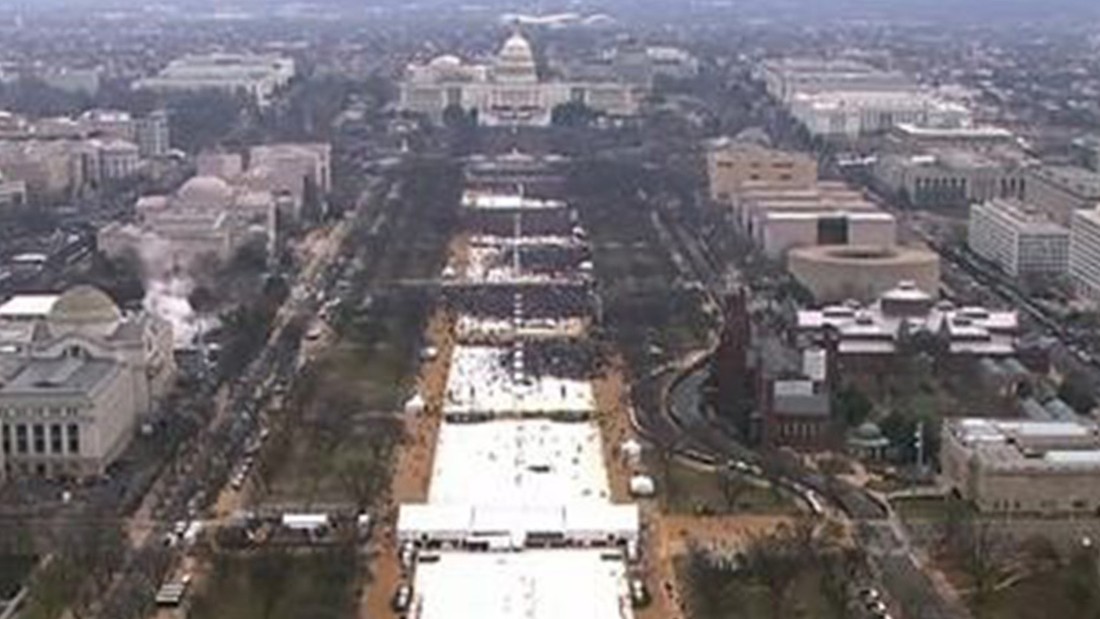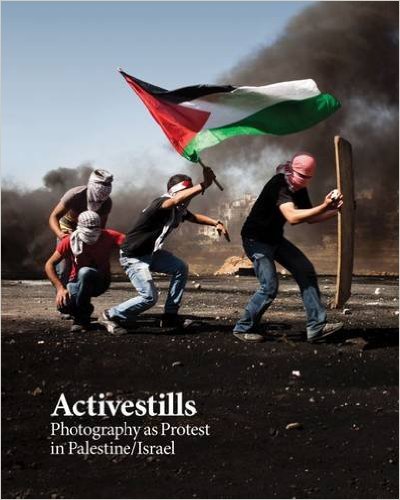Several people have asked me which photographs were the most important for Donald Trump’s electoral victory. The question makes sense: Trump is a creature of the media. We know that visual media can be influential. Any political event that appears surprising or irrational is assumed to be due to emotional contagion, excess, or impact of the sort associated with photography. The question almost answers itself.
Not even he expected to win, and yet here we are, careening down the rapids into the Jurassic park of Trump World. What was the image that so distracted or dazzled the Trump voters? What image framed the Clinton campaign so badly so that the election really did become a rigged game?
The envelop, please. . . .
There wasn’t one. Or two. Or twenty, including all those remakes of Hillary that Alt Right trolls consider so hugely creative.
Although it is a deeply ingrained habit of media criticism to blame photography for society’s problems, you can’t lay this one on the images. Look at the data: identify the photos and track their circulation, and then take the Tweets and all the other sound bites, the little lies and the big lies, the alternative facts and the bald-faced denials, the slurs and the toxic memes and all the rest–and track that. And ask the Trump voters whether unemployment has gone up or down in the last eight years, and how many votes in the presidential election were due to voter fraud, and whether they prefer Obamacare or the Affordable Care Act.
It is essential that this catastrophe be seen for what it is: a profound failure of language. There may be arguments for Trump that bear consideration–most notably, that the system needed a shock and that the working class had been abandoned by both parties–but they are not directly pertinent to the damage that already has occurred and is likely to get worse. Let me say it again and then some: Trump’s election is due to a relentless attack on and failure of language.
It is for that reason also an assault on moral seriousness: on what it means to care about more than power and reputation. What it means to do the work needed to see the difference between reality and delusion, hope and fantasy, thriving together or fighting over the last boats on a sinking ship.
In Trump World, photographs may still be able of exposing lies, and for that reason they can be more important than ever. Even so, the heavy lifting has to be done elsewhere. Recovering political speech, political argument, the ability to respond to stupidity for what it is–both a cry for help and a will to power that can destroy everything–these are some of the tasks ahead. It’s not a pretty picture.

